Why Strega Nona Fall Is the Queer Magic Trend We Deserve
The Unexpected Queer Legacy of Children’s Literature: Embracing Strega Nona Fall
This is a free post for subscribers of Landline, a pop culture and history newsletter for people who care about the Titanic, and the the Kate Winslet vehicle of the same name. Consider subscribing to the paid plan to get my weekly email of recommendations and links, a podcast episode, and more! You can also help me spread the word by sharing it with a friend who would love it.
I am very rarely on trend. I know it’s very in to watch Gilmore Girls in the fall, but as someone who lives in Connecticut, I can report from the field that there are more gay people here than I see in Stars Hollow, and I can’t quite stomach Rory at this time of life. (I am willing to retry it.)
However, I was pleasantly surprised to learn that I finally synced up with a recent trend that just happened to sync up with my lifestyle year-round. I am talking, of course, about Strega Nona fall. I feel like I live this trend year round if for no other reason than I’ve been ready to live a grandma lifestyle since roughly 1986, aka birth.
Here’s my resume:
I love Sophia Petrillo (arguably a Strega Nona interpreter).
I appreciate the benefits of grandma-core aesthetics like a matching sweatsuit, comfortable footwear, and an aversion to the changing opinions of the modern world (i.e. I have been too lazy to figure out how make-up works).
I regularly receive membership offers from AARP.
In other words, some people (me) wait a lifetime for a moment like this.
What is Strega Nona fall? It’s a new trend spotted by Gen Z on TikTok and picked up (and made quasi-legitimate by Teen Vogue). Inspired by Strega Nona, the iconic 1975 children’s book by Tomie dePaola, it refers to the tendency or desire of people to dress and live like the titular queen Strega Nona. The tiktoks I’ve seen on this describe Strega Nona the way I’d describe Stevie Nicks; mysterious, magical, and a person we should absolutely let cook when it comes to their personal choices (and Rolling Stone interviews).
Strega Nona roughly translates to “witch grandma” or “grandma witch,” and she is known in her Calabrian town for dispensing cures for what ails, advice, and a neverending supply of pasta from her magic pasta pot. She brings it to life through song, and when it has produced enough pasta, she stops it by blowing three kisses. This is a clutch detail her assistant, Big Anthony (yes, that is his name), desperately needs when he tries to make pasta for the town when she’s away and she basically has to come home from vacation and save the day. Could she have shared this basic fact with him before she left? Maybe, but she also has to protect her IP, which I respect.
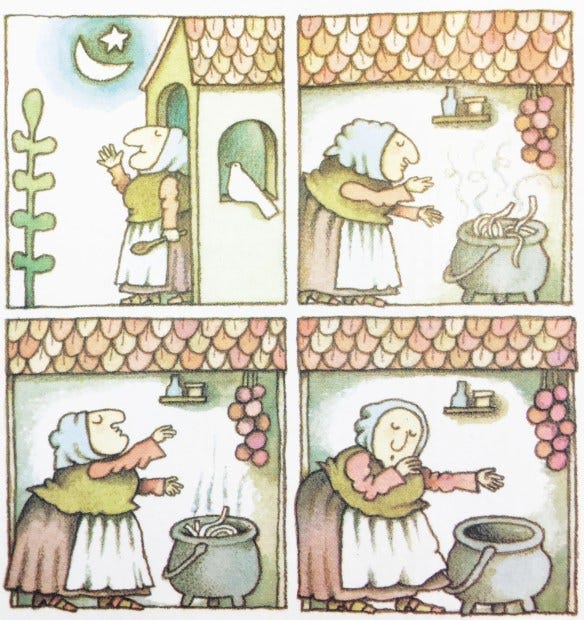
I was fed the books of Tomie dePaola, especially Strega Nona, in volumes that would rival her magic pasta pot’s production. I love him and her and his entire oeuvre. If someone in my life has a baby, they are getting Strega Nona and/or a denim jacket, both of which I believe to be lifesaving tools at any age. When I went on my honeymoon to Italy, I realized my brain was deeply Tomie dePaola coded when we went to the Basilica of St. Francis of Assisi with its gorgeous Giotto frescoes, and I thought “Wow, that looks like Tomie dePaola’s art.” I may be in too deep.
Loving being cozy and indoors and comfortable is nothing new, it’s common sense, but I want to stake a claim that Strega Nona fall isn’t just about being cozy (although I’m here for it). To really appreciate Strega Nona fall, you have to appreciate that it is by definition and design, gay culture.
Hear me out!
As a lover of children’s literature, it is mindblowing to realize how influential queer people have been. Some of your favorite books were likely written by queer people. Goodnight Moon, Frog and Toad, Harriet the Spy, Where the Wild Things Are, and yes, Strega Nona were all written by queer people.
Some of this history has eluded us because the authors and illustrators were themselves unsure of their own alphabets even as they wrote alphabet books. Arnold Lobel, for example, came out to his wife and children four years after the publication of the first Frog and Toad book in 1970.
Tomie dePaola, who rose to fame in part based on an early book where the character spelled their name in an alphabet on the street, kept his own identity fairly private. It wasn’t until 2019 that dePaola acknowledged he was gay in a New York Times Magazine article on “The Gay History of America’s Classic Children’s Books” by Jesse Green. (A great article btw.) “If it became known you were gay,” dePaola told the Times, “you’d have a big red ‘G’ on your chest, . . . and schools wouldn’t buy your books anymore.”
This pressure to stay closeted and yet be authentic to their own experiences in writing for children led to creative storytelling. Authors shared their feelings of otherness by creating characters who spied on others from the outside of a straight culture they didn’t understand (Harriet the Spy), or by writing about differences in ways that signaled queerness without being explicit. In 1979, dePaola published Oliver Button is a Sissy about a boy who loathes sports in favor of tap dancing. He genuinely can’t understand why his talent and preference for dance make him a target for bullies. This story drew on Tomie’s own childhood in which he too preferred dance and art to sports. When he was a kid, someone called Tomie a “sissy” in graffiti on a wall. Someone kind crossed out the word “sissy” and replaced it with “star,” a detail Tomie repeated in the book.
It’s impossible to unsee the queer influence of the entire Miss Nelson series once you realize this lady was basically doing drag to mess with her students when she didn’t feel appreciated or life got too out of pocket. In the first book, she returns as a drag version of herself aka a nightmare sub to make her students appreciate her. Leave it to a gay to choose the most dramatic option possible when I’m sure other more rational options exist. (As a gay myself, I can’t think of any.)
What makes me so fixated on the Strega Nona fall phenomenon is in part my joy at Strega Nona getting her props. There can be no greater affirmation of the endurance of a children’s book than to see its influence and pull on readers long after they’ve entered adulthood. Even if just as a reference for magic, warmth, and comfort, it is an image of happiness from childhood many have taken to adulthood. This is despite occasional censorship by some schools who have banned it for its alleged promotion of magic.
Now, some who are reading this may laugh internally or shake their heads at how insane this reads. A woman with a magic pasta pot? Who hurts no one and looks cute with no teeth and a great smile? (No shade, she’s a total cutie.) She’s harmless! However, censorship often makes no sense and punishes those on the margins for the threat they pose to those with the privilege of power.
What has been more surprising to me is that stories and posts on “Strega Nona Fall” that reference this attempt at censorship themselves censor a major part of the story of Strega Nona, that it was written by a queer man and draws on what I would call queer magic. In Strega Nona, Her Story (we love an origin story), Grandma Concetta tells her young granddaughter (who will become Strega Nona) the secret of the pasta pot. “You must blow three kisses and the pot will stop. For that is the ingrediente segreto - LOVE. It is the same with all your magic. Always love.”
First off, anyone trying to censor this book needs to sit with the fact that they are coming out against love. Secondly, and more seriously, for someone who was closeted publicly for most of his career, it is significant that Tomie dePaola’s most notable character is a woman we never see coupled with anyone and who is set apart from society because she is special and different, and loved for that very reason! This screams queer culture! That her magic is fueled by love is all the more heartwarming and affirming, further traits of queer culture.
I bring this up because it’s easy to romanticize the things from childhood that shaped us. (Hi, I made a show and wrote a book on American Girl.) It’s also important to remember with the context of adulthood why those things were so special. When we honor that, we can honor the complexity of the people who gave us the culture that makes us feel seen by seeing all of them too. That’s why I was so sad to read an updated biography of Tomie dePaola with great backstories on his life and artistic process that never once mentions his sexuality. When the author discusses the Oliver Button is a Sissy book and the resulting controversy she repeats a coded explanation of attempts to censor the book because it read as “anti-sport” when it was as likely it was censored for signaling that a child could be queer. To see the erasure of dePaola’s queerness from his biography, updated in 2020, a year after he acknowledged it publicly, felt like an erasure of a major part of his identity that can only help us understand and appreciate him and his work more.
I feel sad I grew up without openly gay characters in my children’s books, but in adulthood have felt such joy in discovering that many of the books I loved were written by queer people.
I want that same relatability and joy in my memes and seasonal trends. Strega Nona deserves that. We all do!
Call Me! (or not!)
I’d love to hear from you! Drop your thoughts in the comments to share with the Landline community, or reply to this email to contact me. You can also find me on Instagram, or email me. I don’t have a dedicated phone line yet (just like in my youth), but maybe someday I’ll achieve Claudia status and get a Landline.
Thanks for reading!
This is a free post for subscribers of Landline. Consider subscribing to the paid plan to get my weekly email of recommendations and links, a podcast episode, and more! You can also help me spread the word by sharing it with a friend who would love it. Thank you for being a friend!
Note: All books referenced in Landline can be found in my bookshop.org storefront from which I earn a small percentage of all books purchased.






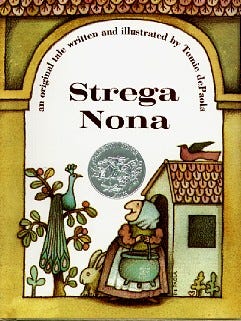
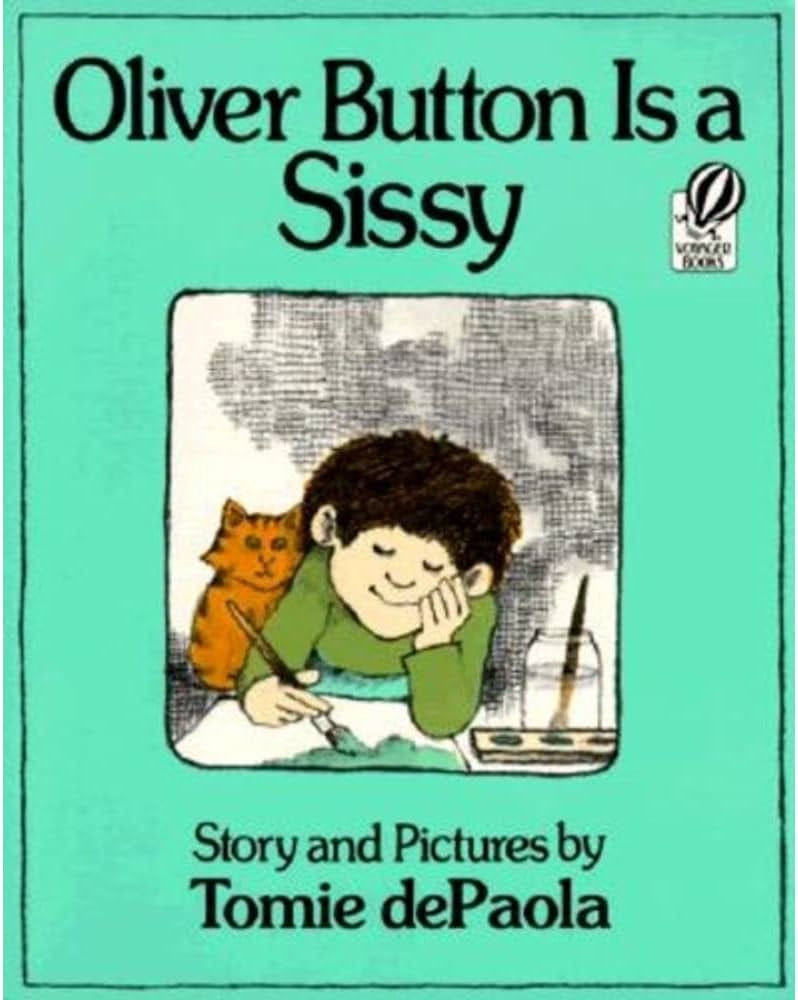
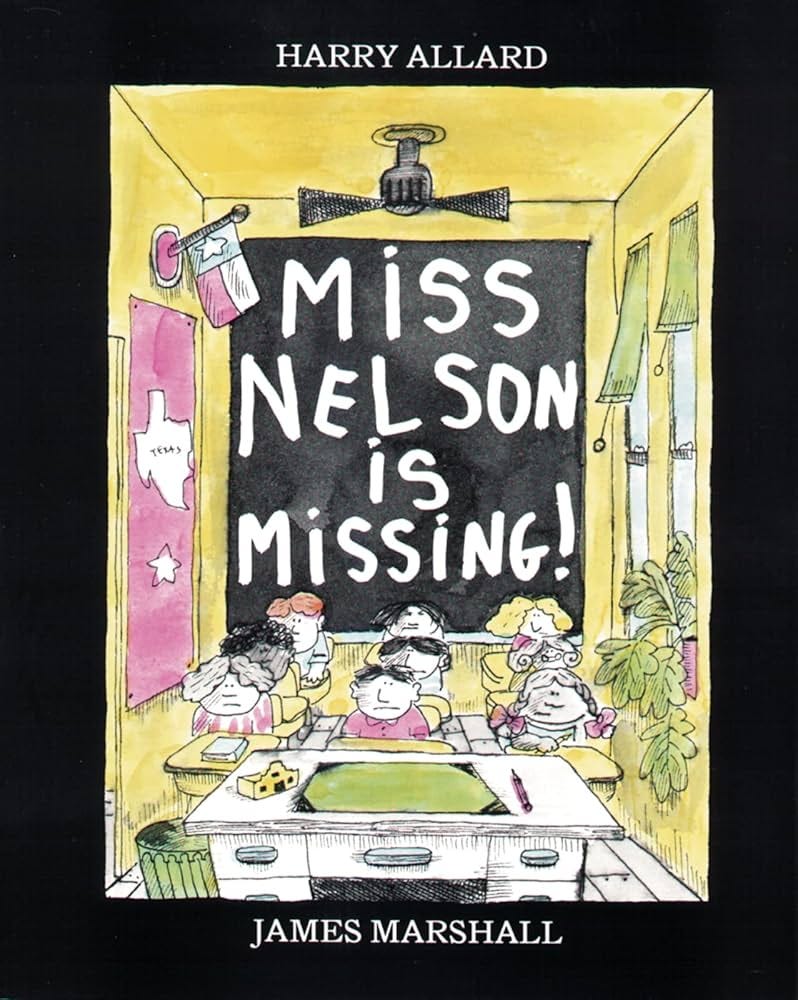
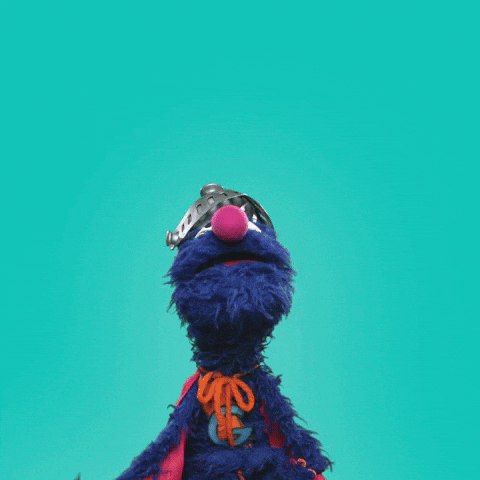
My grandma was a reading teacher for 30 some years, and she always loved Strega Nona so much. She'd dress up as her and come talk to school classrooms (even came to mine when I was a kid, even though we didn't live in the same state.) And once their little town theater did a play of Merry Christmas Strega Nona and of course, she was the star.
Loved this! Strega Nona was a staple in our childhood library!